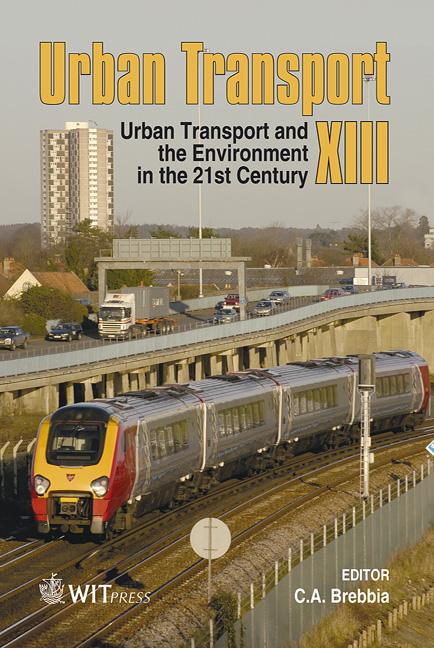Eco-driving Simulation: Evaluation Of Eco-driving Within A Network Using Traffic Simulation
Price
Free (open access)
Transaction
Volume
96
Pages
10
Published
2007
Size
906 kb
Paper DOI
10.2495/UT070701
Copyright
WIT Press
Author(s)
I. Kobayashi, Y. Tsubota & H. Kawashima
Abstract
Curbing Global Warming necessitates the reduction of greenhouse gases. Motor-vehicle companies are attempting to improve engine efficiencies but are constrained by technical limitations. Hence we try to change driving behaviour to reduce fuel consumption. A change in driving style/habit to promote fuel efficiency and hence to reduce CO2 emissions is known as 'eco-driving'. One such eco-driving style is to reduce sudden acceleration and deceleration. A report based on eco-driving shows a 10–20% reduction in fuel consumption per vehicle; and hence, eco-driving is promoted by Japan's Ministry of Environment. However, a mass of eco-drivers might impede traffic flow which fosters traffic congestion. This study evaluates eco-driving with respect to a traffic network versus an individual vehicle. We performed field measurements of a vehicle's speed and acceleration versus normal and eco-driving styles. We input the data into a micro-traffic simulator (VISSIM, PTV AG). We built a simple road network with two signalized intersections. Ten simulations were done using different random-number seeds. We found that eco-driving increases environment load; i.e., carbon dioxide emission within the network during heavy-traffic volume. We propose an eco-driving control system and show its effectiveness. Keywords: eco-driving, ITS, emission, CO2, traffic simulation.
Keywords
eco-driving, ITS, emission, CO2, traffic simulation.





